Light not only allows us to see, but also creates ambiance, evokes emotions and defines spaces. Whether natural or artificial, lighting is one of the most powerful elements of design, although it often goes unnoticed. Discover the main lighting techniques and make your spaces take a leap to the next level.
Introduction to Lighting Techniques
The power of light in interior and exterior design.
When used correctly, light can visually enlarge a room, make a space feel warmer, or even direct our attention to a specific object or area. Its impact is so strong that it can completely transform an environment just by changing the type or direction of a light source.
In interior design, lighting techniques allow us to play with the perception of space, creating sensations of spaciousness or intimacy. Outdoors, light serves both practical and aesthetic functions: illuminating pathways, highlighting vegetation, or creating a cozy atmosphere on a terrace. Mastering light also means mastering atmosphere.
Why lighting transforms a space
A dining room illuminated with a cold lamp placed directly on the table is not the same as one with indirect warm light bouncing softly from the ceiling. Even if the furniture and decoration are identical, the perception of the space will be completely different. This happens because our brain interprets light as an emotional signal: dim, warm light relaxes us, while bright, white light activates us.
Understanding lighting techniques is not just for designers or architects; anyone who wants to improve their home, office or business needs to understand how to take advantage of light. With this practical guide, you will learn how to use five fundamental techniques: direct, indirect, diffused, focused and contrast lighting. Let’s go step by step.
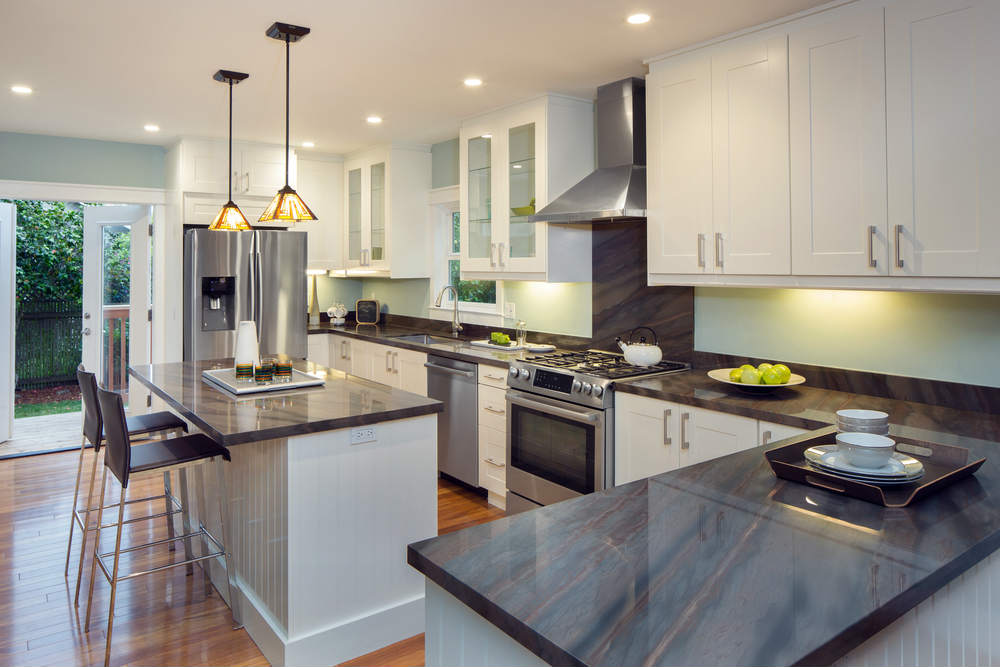
Direct Illumination
What is direct lighting?
Direct illumination occurs when the light source is pointed directly at the object or surface to be illuminated, without any prior bounce or scattering. It is the most common type of lighting and is widely used in both domestic and professional environments.
This type of lighting provides a large amount of light concentrated on a specific area. The light is cast in a straight line, making objects sharp and shadows sharp and crisp. If you’ve ever read a book under a desk lamp, you’ve experienced direct lighting in its most basic form.
Key features
- High intensity in specific areas: Ideal for tasks that require attention to detail such as reading, cooking or working.
- Strong shadow generation: Can create a strong contrast between light and dark.
- Defined direction: Generally from a pendant lamp, spotlight or floodlight.
An important feature is that, if not properly combined with other types of lighting, it can be annoying or generate glare. Therefore, its use must be strategic and balanced.
Recommended products
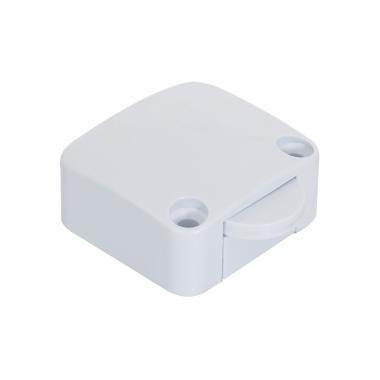
In Stock, delivery in 24/48h
2.69 £
Cabinet Switch with Wheel
View product
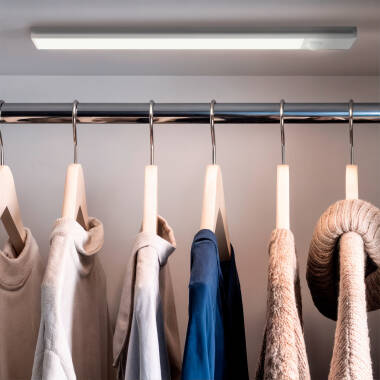
In Stock, delivery in 24/48h
11.39 £
LED Cabinet Light 25cm With Motion Sensor and USB C Rechargeable Battery
View product
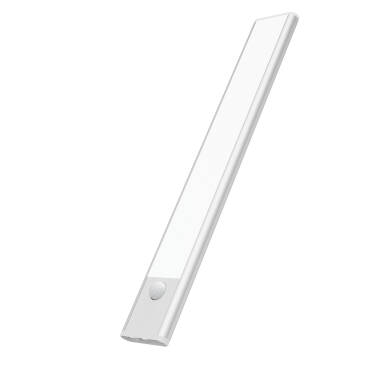
In Stock, delivery in 24/48h
8.29 £
LED Cabinet Light 40cm With Motion Sensor and USB C Rechargeable Battery
View product
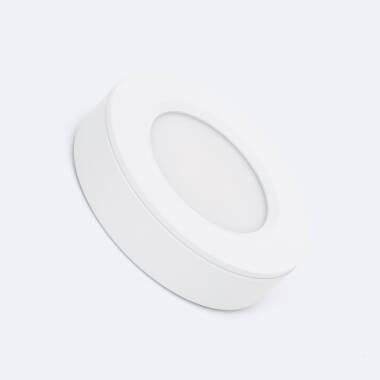
In Stock, delivery in 15-20 days
8.39 £
3W 12V Under Cabinet Round LED Downlight with Ø57 mm Cut Out
View product
Examples of application in homes and offices
- In kitchens: recessed spotlights above the worktop to directly illuminate the work area.
- In desks: Arm lamps aimed at the area where writing or working with documents takes place.
- In offices: Suspended luminaires that focus directly on the desks.
Psychological and visual effects of direct light
Direct lighting tends to be functional, but it can also create harsh or overly technical environments if abused. Very bright light, unaccompanied by other softer sources, can lead to eyestrain, stress and discomfort.
However, when properly applied, it is ideal for highlighting specific areas and ensuring clear visibility. For example, in an art gallery, it can be useful to highlight specific works. The important thing is to understand its purpose and not to use it as the sole source of illumination in a large space.
Indirect Lighting
Common indirect lighting techniques
Indirect lighting consists of reflecting light against a surface before it reaches the room, such as ceilings, walls or floors. This softens its intensity and eliminates harsh shadows, creating a more pleasant and enveloping atmosphere.
Some common techniques include:
- LED strips concealed in ceiling moldings.
- Floor lamps directed toward the wall.
- Light panels behind decorative lamps.
Advantages in interior design
Indirect lighting offers a number of aesthetic and functional benefits:
- More relaxing environments: By not directly impacting people, it reduces visual fatigue.
- Spaciousness effect: Ideal for making a small room appear larger.
- Modern and elegant style: It is widely used in minimalist and contemporary interiors.
In addition, it allows to play with colors and light temperatures to modify the mood of the space, either making it more intimate or brighter without aggressiveness.
How to implement it effectively
- Use light surfaces that reflect light well (such as white ceilings or beige walls).
- Plan the installation of fountains before painting or decorating to hide wires and light fixtures.
- Choose warm light if you want a cozy ambiance, or neutral light for a more modern style.
Practical examples in different environments
- Bedrooms: LED strips behind the headboard.
- Living rooms: Lighting from the top edge of the furniture for a floating effect.
- Bathrooms: Diffused light behind the mirror to avoid shadows on the face.
This type of lighting not only adds visual comfort, but also adds elegance to any design.
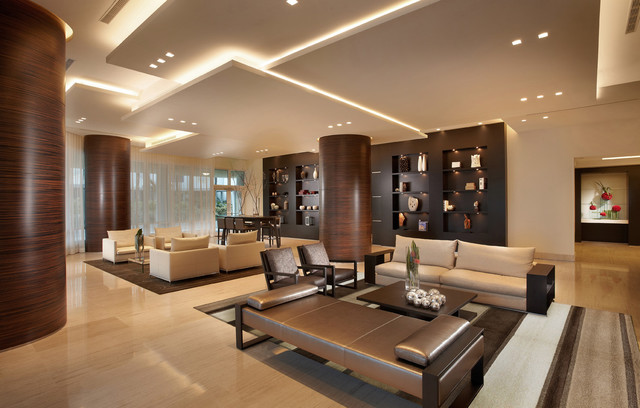
Diffuse and Homogeneous Lighting
What is diffuse light?
Diffused lighting occurs when light passes through a translucent material or is reflected so that it is evenly dispersed in all directions. This technique eliminates harsh shadows and creates an enveloping illumination that bathes the entire space evenly.
It is achieved through lamps with fabric shades, acrylic diffusers, LED panels or simply by using bulbs hidden behind materials that soften the light emission.
Environments that benefit from this technique
- Family rooms and common areas: Places where a warm atmosphere without shaded areas is sought.
- Photography or recording studios: Spaces that require constant light and no glare.
- Stores or store windows: To ensure that all products can be seen clearly without some products standing out more than others due to the light.
How to achieve soft and uniform lighting
- Use diffusers: Rice paper, fabric, plastic or opal glass screens.
- Take advantage of white or matte surfaces: These help to disperse the light without generating annoying reflections.
- Avoid point light sources without filters: These create unnecessary contrasts that break with uniformity.
Equipment and lamps ideal for homogeneous light
- LED panels with built-in diffusers.
- Ceiling lamps with opaline cover.
- Fluorescent tubes covered or in closed luminaires.
Recommended products
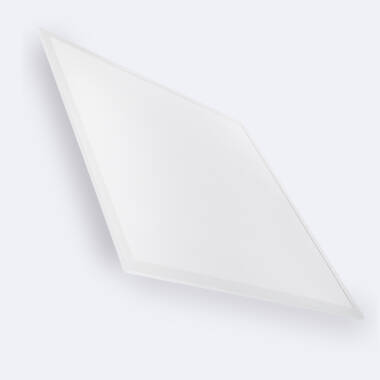
In Stock, delivery in 24/48h
15.19 £
LED Panel 600x600mm 100lm/W
View product
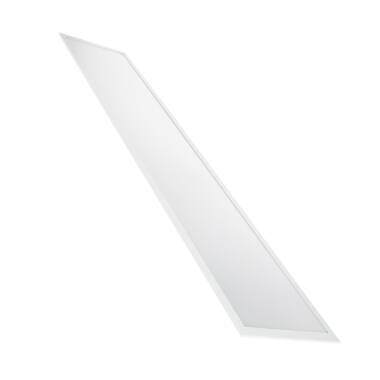
In Stock, delivery in 24/48h
35.99 £
LED Panel 120x30cm Dimmable 40W Microprismatic UGR17 4000lm
View product
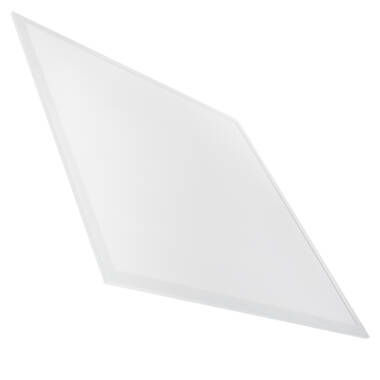
In Stock, delivery in 24/48h
26.49 £
LED Panel 600x600mm 40W Dimmable 4000lm Microprismatic UGR17 LIFUD
View product
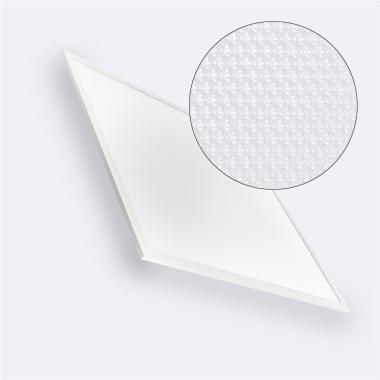
In Stock, delivery in 24/48h
22.79 £
LED Panel 600x600mm 40W 4000lm Microprismatic UGR17 PHILIPS Certadrive
View product
This technique is essential if you are looking to create a space that is drama-free, relaxed and accessible to all.
Focused and Accent Lighting
What is meant by focused light
Focused lighting, also known as accent lighting, refers to the technique of directing light to a specific point in order to highlight a particular element or area. Unlike general lighting, this does not seek to illuminate the entire space, but to focus the viewer’s attention on a particular object.
It is achieved through the use of luminaires that allow focusing the light beam, such as spotlights, projectors or track lamps. It is common in museums, art galleries, interior architecture, luxury stores and even in modern homes that wish to highlight certain decorative details.
Applications in art, architecture and design
- Museums and exhibitions: To highlight sculptures, paintings or important elements within an exhibit.
- Residential architecture: To highlight a stone wall, a decorative column or a work of art inside the home.
- Commercial stores: To illuminate outstanding products and direct the customer’s attention.
- Gastronomy: In restaurants it is used to focus the light on dishes on the table or bottles in a cellar.
This type of lighting has a strong aesthetic component. Its purpose is not only functional, but also emotional: it seeks to provoke a reaction, guide the eye and, in many cases, raise the perceived value of an object.
Techniques for highlighting specific objects and areas
- Use closed angles of illumination: The light beam should be very focused (less than 30°) to avoid scattering.
- Place lights at different heights: Playing with the direction helps to create volume and textures in the illuminated objects.
- Control the intensity: It is important that the accent light is more intense than the ambient light, but not to the point of causing glare.
- Adjust the color temperature: A warm light can make a painting look cozier, while a cool light brings out details more clearly.
Tips to avoid common mistakes
- Avoid excessive focal points: If everything is lit, nothing stands out.
- Don’t use focal light on mirrors: The bounce can cause annoying glare.
- Combine with ambient lighting: Accent lighting should complement the general lighting of the space, not replace it.
The key to this technique is balance. Good accent lighting transforms the simplest object into a star of the room.
Contrast Lighting
What is contrast in lighting?
Light contrast refers to the difference in intensity between lit and dark areas within the same space. This principle is essential in photography, film, graphic design and, undoubtedly, in interior and exterior design.
Applied correctly, contrast creates visual hierarchies, spatial depth and dynamism. It is not a matter of randomly filling a space with light or shadow, but of balancing them to direct the viewer’s attention.
When and why to use it in interior design
- To generate visual interest: A completely homogeneous environment can appear flat or boring. Contrast introduces dynamism and character.
- In transition zones: In hallways connecting rooms, for example, a play of light and shadow can guide circulation.
- To separate rooms: In open-concept spaces (such as living rooms integrated with kitchens), contrasting lighting can help delineate areas without the need for walls.
This type of lighting can also have an emotional influence. High contrast, with very dark and brightly lit areas, can create a dramatic or sophisticated atmosphere. Conversely, low contrast produces softer, more serene environments.
Examples of effective contrasts
- Soft lighting with warm spots of light: In a minimalist living room with soft general lighting, adding warm spotlights over plants or sculptures creates a point of interest.
- Modern bathrooms: White walls with indirect light fixtures contrast with dark details such as black faucets or mirrors.
- Designer bedrooms: A dark wood headboard enhanced by indirect white light from the ceiling.
Common mistakes and how to avoid them
- Excessive contrast without transition: Going from a very dark area to an extremely bright area can be uncomfortable for the eye.
- Ignoring the color of the surroundings: Very light walls reflect light and diminish contrast, while dark colors accentuate it.
- Not considering natural light: Artificial lighting should complement daylight, not compete with it.
Contrast used well is one of the most powerful resources to design with intention. It not only improves aesthetics, but also the functionality and comfort of the space.
Conclusion
Mastering lighting techniques is like having a magic wand in the world of design. Light not only fulfills the basic function of allowing us to see, but also has the power to tell stories, to shape spaces and to provoke emotions. Whether it is direct and functional lighting, indirect lighting that caresses the walls, diffused lighting that creates warmth, or accent lighting that turns the everyday into art, each type plays a fundamental role.
Implementing these techniques correctly involves looking at spaces from a sensory perspective, understanding how natural light flows and how it can be complemented by artificial light. It means planning and combining lighting types according to the function of each environment, never forgetting the emotional factor.
Light can enlarge or shrink spaces, energize or relax, highlight or conceal. If applied with awareness, it completely transforms the user’s experience within a space, both functionally and aesthetically. So the next time you think about decorating, don’t start with furniture… start with light.

